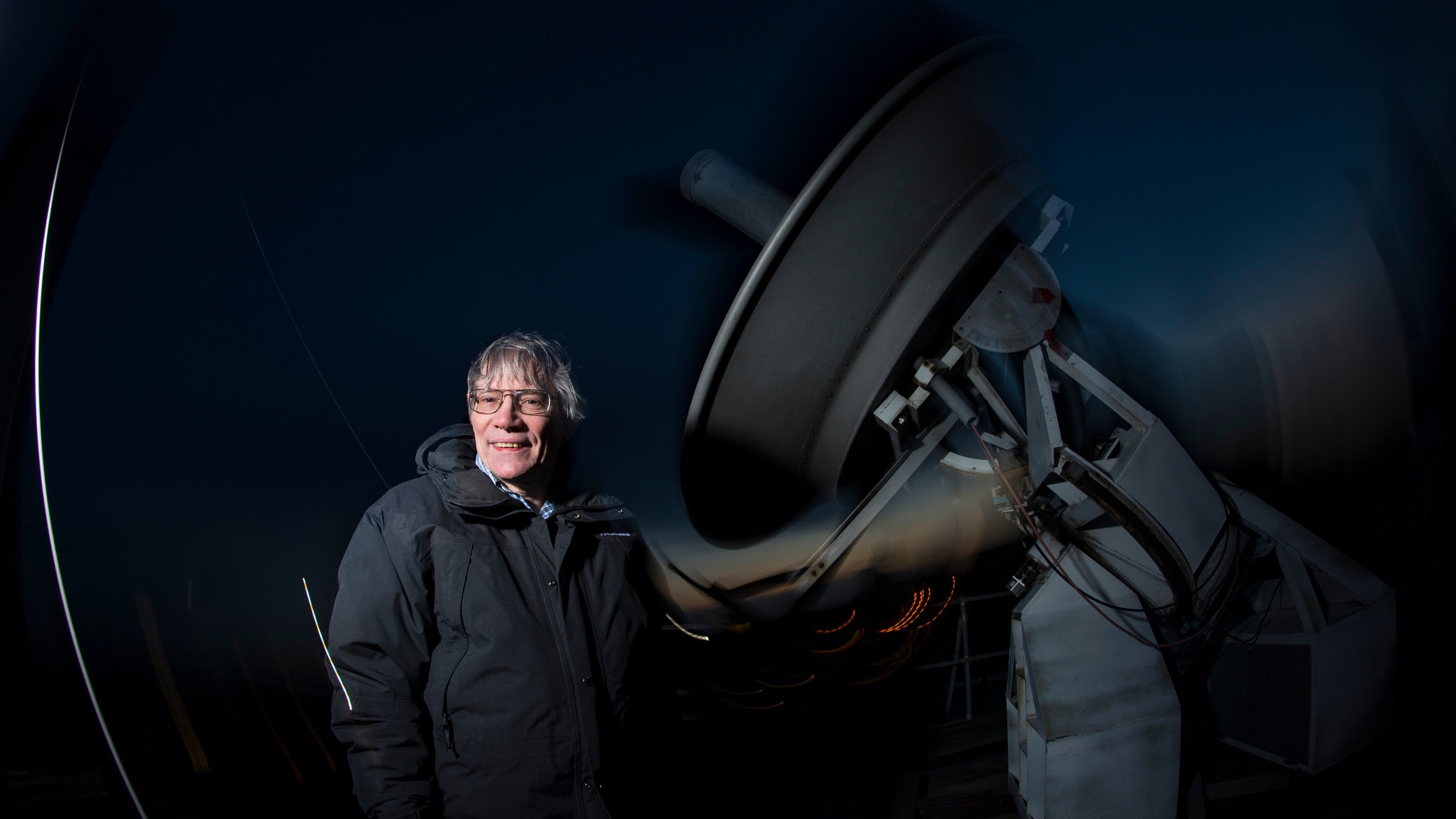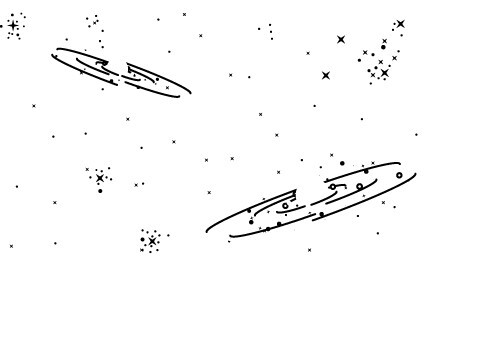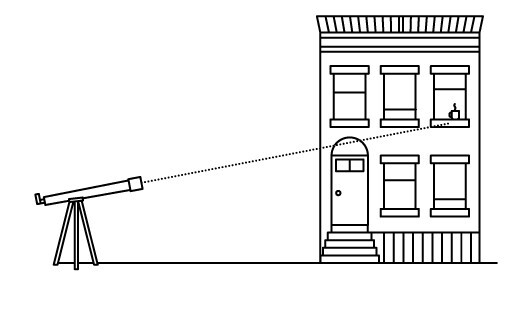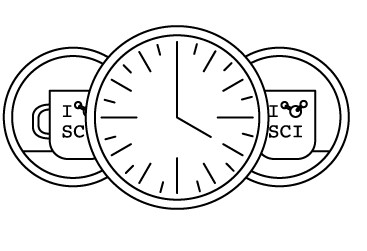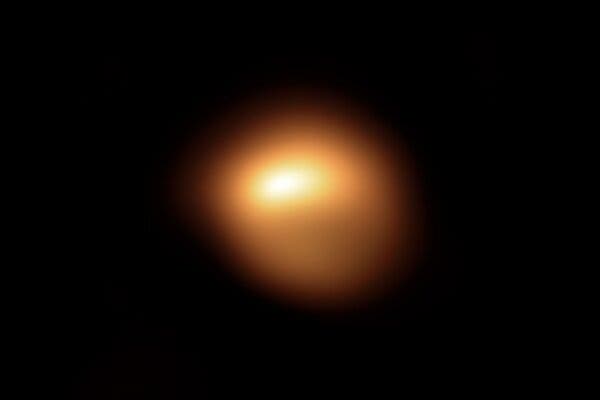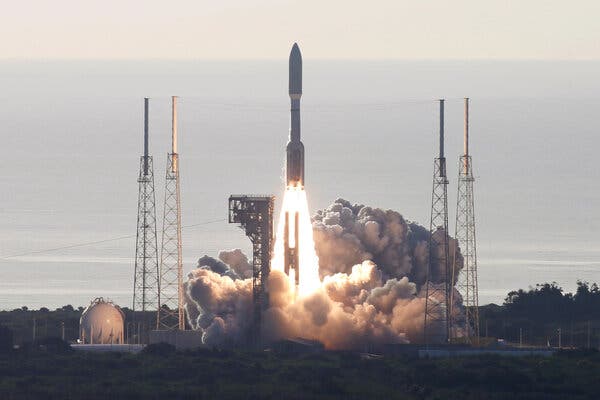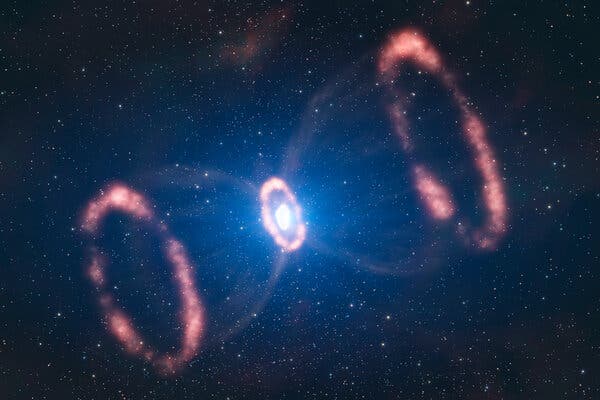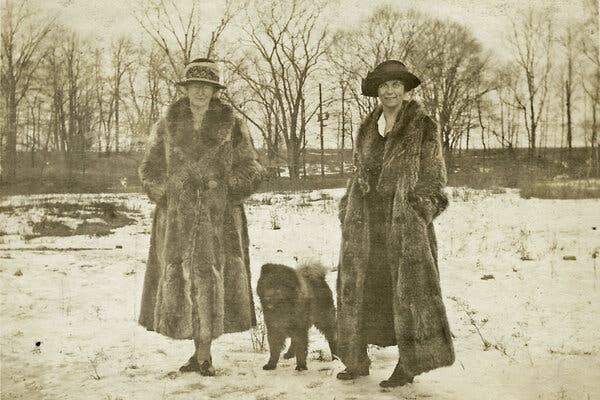By Dennis Overbye
Lorem ipsum dolor sit amet consectetur adipisicing elit. Ratione, dolores omnis. Dolor omnis rerum illum quos eum, et molestias maxime voluptate vel labore corporis corrupti voluptas modi blanditiis distinctio tenetur. Animi doloribus assumenda vitae! Esse pariatur dolor obcaecati voluptatem numquam animi id ipsa amet laudantium hic aliquid earum beatae odio, doloremque quaerat quas doloribus ipsam qui ad nam eius provident. Quas, quod. Est illo reiciendis rem ipsum consequuntur? Nemo deserunt, obcaecati voluptate, non sit architecto eius aliquid soluta omnis qui laboriosam quasi unde rem inventore ea, hic nobis laudantium? Aliquam.
Lorem ipsum dolor sit amet, consectetur adipisicing elit. Dolor corrupti, maxime assumenda consectetur ratione aliquid dolorum illo voluptates optio ea, alias quas magni itaque. Error molestias voluptatum eum corporis id? Facere enim consequuntur, incidunt minima labore dolorem voluptate ex eos excepturi fugit natus qui ipsum. Ullam officia vitae voluptatibus dolorem odit esse eos sed dolorum deserunt, dolores voluptas. Accusamus, itaque. Quis, ipsa blanditiis consequatur omnis reiciendis, aliquam iusto perspiciatis non, magni earum molestias quaerat voluptatibus ex. Minus rem est, quia unde sunt fuga quibusdam aliquam tempora, officia, eum dolorum amet!
Lorem ipsum dolor sit amet, consectetur adipisicing elit. Harum doloribus cupiditate iure exercitationem expedita saepe autem pariatur quaerat nobis praesentium ducimus impedit iusto, voluptatem consequatur animi delectus provident, amet asperiores. Ab neque corrupti officiis id deleniti laborum tempora voluptates! Iusto libero tenetur dolorum at voluptatum quasi dolore. Neque inventore nihil, nulla suscipit est adipisci alias, beatae earum iste corrupti consectetur! Distinctio assumenda voluptates eaque neque iste veritatis reprehenderit praesentium nemo delectus explicabo aperiam nulla commodi possimus omnis quisquam obcaecati laboriosam, quibusdam repellat voluptatibus eligendi optio blanditiis, harum recusandae. Sequi, ab?
Lorem, ipsum dolor sit amet consectetur adipisicing elit. Quibusdam vel, exercitationem deleniti libero consequatur eum quas possimus nihil officiis eaque, repudiandae et quia dolores officia excepturi perspiciatis ratione laborum aut?
Lorem ipsum dolor sit amet consectetur adipisicing elit. Laboriosam expedita aliquam, eum possimus, ipsa quod nemo architecto animi totam in perferendis odit quos voluptatum suscipit ipsum sed earum eaque necessitatibus?
Reaching back across 13.8 billion years to first sliver of cosmic time with telescopes at the South Pole, a team of astronomers led by John M. Kovac of the Harvard-Smithsonian Center for Astrophysics detected ripples in the fabric of space-time — so-called gravitational waves — the signature of a universe being wrenched violently apart when it was roughly a trillionth of a trillionth of a trillionth of a second old. They are the long-sought smoking-gun evidence of inflation, proof, Dr. Kovac and his colleagues say, that Dr. Guth was correct.
Lorem ipsum dolor sit amet, consectetur adipisicing elit. Vero quaerat pariatur aliquam, reiciendis veniam possimus harum ipsum itaque ratione eius odit, amet, molestias dicta blanditiis nulla asperiores rem nam maiores?
Lorem ipsum dolor sit amet consectetur adipisicing elit. Et culpa aliquam vitae facere aut hic iure, necessitatibus id animi libero magni explicabo. Doloremque voluptates itaque ducimus quis, laudantium repudiandae maiores?
Lorem ipsum dolor sit amet consectetur adipisicing elit. Minima tenetur laboriosam ratione laborum aliquid. Natus, nesciunt dicta autem dolor nam alias placeat suscipit consequuntur omnis animi! Quidem nesciunt voluptates error.Ea qui velit nam voluptatibus sed nostrum maiores facilis, cupiditate rerum, culpa amet eaque fuga quis accusantium harum, id corporis sequi et blanditiis aliquid libero numquam ipsam distinctio dolores? Enim.
‘As Big as It Gets’
Lorem, ipsum dolor sit amet consectetur adipisicing elit. Natus cum vel maxime ipsam fugiat ut nobis sed rem quasi sint consectetur quam animi quisquam, corrupti, delectus adipisci id molestias maiores! Excepturi, obcaecati expedita. Laboriosam, suscipit quasi itaque quod a esse et odit ullam provident numquam libero consequuntur laudantium rerum. Ipsam, reiciendis? Et asperiores quis rem, molestias architecto delectus voluptatibus corporis? Rem earum, ipsam unde cumque, vitae, repellendus mollitia obcaecati maxime iste accusantium perspiciatis. Fuga blanditiis, quia molestiae dolorem ab accusamus veritatis hic, maxime explicabo consectetur vel. Deserunt sapiente ducimus alias?
Lorem ipsum dolor sit amet consectetur adipisicing elit. Labore deleniti fuga molestias reiciendis vero quasi illo odit cum neque sequi dolore delectus, sint ut voluptatem veniam dicta architecto, voluptatum temporibus.
Lorem ipsum dolor sit amet consectetur adipisicing elit. Voluptatibus beatae molestiae, dignissimos vero, magnam cumque est, voluptate accusantium provident quod dicta. Cumque vitae eveniet optio quam quis aliquam, similique rem?
Lorem ipsum dolor sit amet consectetur adipisicing elit. Blanditiis, ipsum est? Sapiente, cum consequuntur sed suscipit ratione id consequatur esse reiciendis! Eum assumenda eligendi tempore quas incidunt, veniam nam aut.
Lorem ipsum dolor sit amet consectetur adipisicing elit. Natus dolor eos odio impedit maiores voluptas voluptatem id explicabo, amet numquam, praesentium eveniet nostrum laboriosam! Impedit voluptatem provident ad inventore pariatur!Doloremque dicta illum non quasi sapiente repudiandae animi perspiciatis alias dolor aliquam iure eaque expedita, necessitatibus in assumenda temporibus aliquid porro rem esse voluptates. Rerum nihil commodi veniam nostrum cupiditate!
The Theory of Inflation
Astronomers have found evidence to support the theory of inflation, which explains how the universe expanded so uniformly and so quickly in the instant after the Big Bang 13.8 billion years ago.
THE UNIVERSE is just under 14 billion years old. From our position in the Milky Way galaxy, we can observe a sphere that is now about 92 billion light-years across. But there's a mystery. Wherever we look, the universe has an even temperature.
NOT ENOUGH TIME The universe is not old enough for light to have traveled the vast distance from one side of the universe to the other, and there has not been enough time for scattered patches of hot and cold to mix into an even temperature.
DISTANT COFFEE At a smaller scale, imagine using a telescope to look a mile in one direction. You see a coffee cup, and from the amount of steam, you can estimate its temperature and how much it has cooled.
COFFEE EVERYWHERE Now turn around and look a mile in the other direction. You see a similar coffee cup, at exactly the same temperature. Coincidence? Maybe. But if you see a similar cup in every direction, you might want to look for another explanation.
STILL NOT ENOUGH TIME There has not been enough time to carry coffee cups from place to place before they get cold. But if all the coffee cups were somehow filled from a single coffee pot, all at the same time, that might explain their even temperature.
INFLATION solves this problem. The theory proposes that, less than a trillionth of a second after the Big Bang, the universe expanded faster than the speed of light. Tiny ripples in the violently expanding energy field eventually grew into the large-scale structures of the universe.
FLUCTUATION Astronomers have now detected evidence of these ancient fluctuations in swirls of polarized light in the cosmic background radiation, which is energy left over from the early universe. These are gravitational waves predicted by Einstein.
EXPANSION Returning to our coffee, imagine a single, central pot expanding faster than light and cooling to an even temperature as it expands. That is something like inflation. And the structure of the universe mirrors the froth and foam of the original pot.
Lorem ipsum dolor sit amet consectetur adipisicing elit. Tenetur, similique odit. Omnis, maiores ad, voluptate facere aliquam commodi eligendi qui molestiae autem tempore ex corrupti amet fuga quae in mollitia.
Lorem ipsum dolor sit amet consectetur adipisicing elit. Tenetur, similique odit. Omnis, maiores ad, voluptate facere aliquam commodi eligendi qui molestiae autem tempore ex corrupti amet fuga quae in mollitia.
Lorem ipsum dolor sit amet consectetur adipisicing elit. Tenetur, similique odit.
Lorem ipsum dolor sit amet consectetur adipisicing elit. Tenetur, similique odit. Omnis, maiores ad, voluptate facere aliquam commodi eligendi qui molestiae autem tempore ex corrupti amet fuga quae in mollitia.
Lorem ipsum dolor sit amet consectetur adipisicing elit. Tenetur, similique odit. Omnis, maiores ad, voluptate facere aliquam commodi eligendi qui molestiae autem tempore ex corrupti amet fuga quae in mollitia.
Lorem ipsum dolor sit amet consectetur adipisicing elit. Tenetur, similique odit. Omnis, maiores ad, voluptate facere aliquam commodi eligendi qui molestiae autem tempore ex corrupti amet fuga quae in mollitia.
Lorem ipsum dolor sit amet consectetur adipisicing elit. Doloremque architecto assumenda odit ea, tenetur eligendi est, corrupti ipsum aperiam hic minus accusantium voluptatum. Beatae numquam perspiciatis ut provident consequuntur pariatur? Aliquam, quidem dignissimos error hic officiis illum nemo est accusantium pariatur voluptates et quis sapiente, perferendis non esse vel cum tempore!
Lorem ipsum dolor sit amet consectetur adipisicing elit. Doloremque architecto assumenda odit ea, tenetur eligendi est, corrupti ipsum aperiam hic minus accusantium voluptatum. Beatae numquam perspiciatis ut provident consequuntur pariatur? Aliquam, quidem dignissimos error hic officiis illum nemo est accusantium pariatur voluptates et quis sapiente, perferendis non esse vel cum tempore!
Lorem ipsum dolor sit amet consectetur adipisicing elit. Doloremque architecto assumenda odit ea, tenetur eligendi est, corrupti ipsum aperiam hic minus accusantium voluptatum. Beatae numquam perspiciatis ut provident consequuntur pariatur? Aliquam, quidem dignissimos error hic officiis illum nemo est accusantium pariatur voluptates et quis sapiente, perferendis non esse vel cum tempore!
Lorem ipsum dolor sit amet consectetur adipisicing elit. Doloremque architecto assumenda odit ea, tenetur eligendi est, corrupti ipsum aperiam hic minus accusantium voluptatum. Beatae numquam perspiciatis ut provident consequuntur pariatur? Aliquam, quidem dignissimos error hic officiis illum nemo est accusantium pariatur voluptates et quis sapiente, perferendis non esse vel cum tempore!
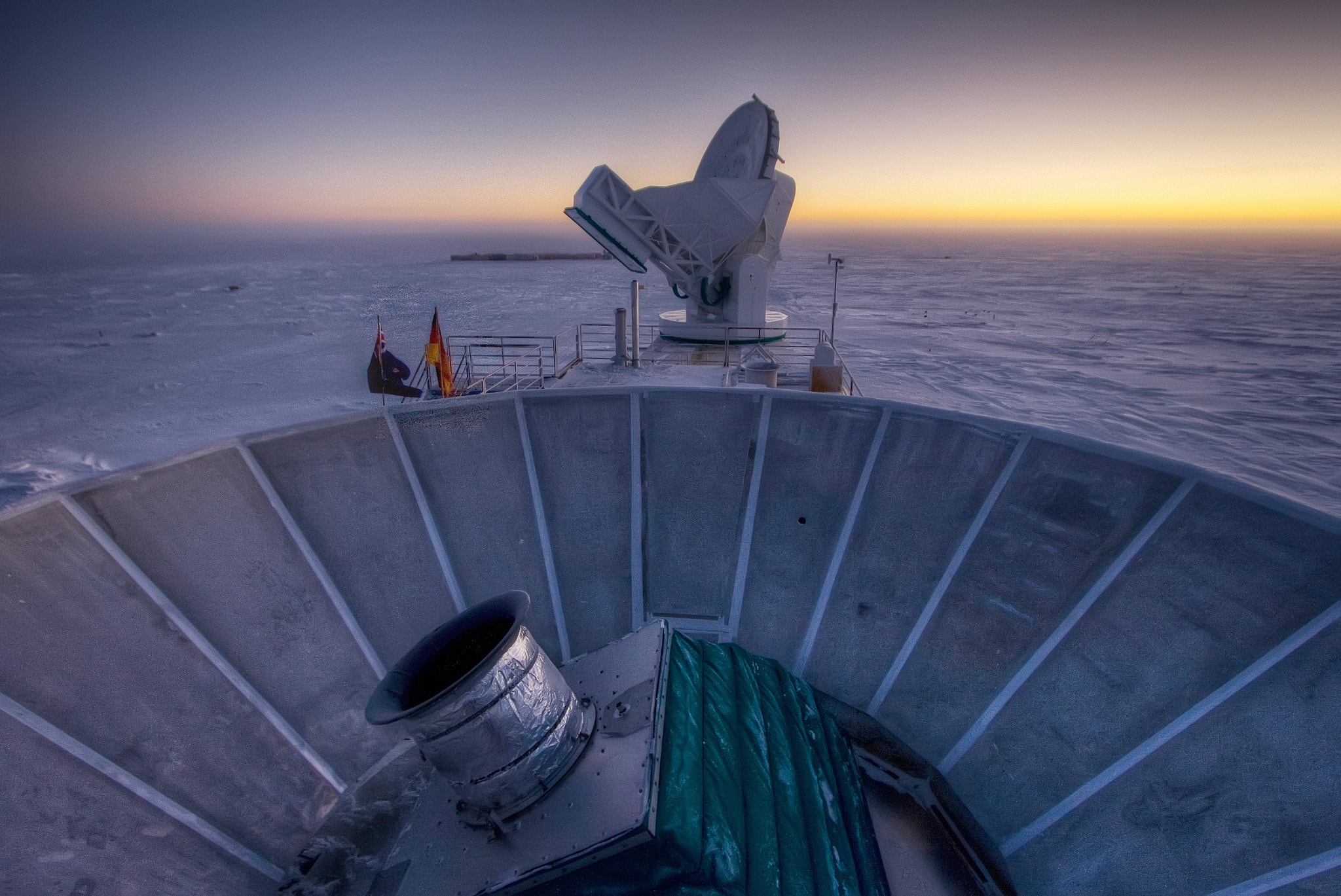
Lorem ipsum dolor sit amet consectetur adipisicing elit. Consequuntur quia nam eveniet eum dolor velit error sequi assumenda beatae sunt animi earum, et similique id recusandae dignissimos iure, facere corporis?
Lorem ipsum dolor sit amet, consectetur adipisicing elit. Corporis quod impedit id vitae, nisi error accusamus totam quas aliquid rerum sed, nesciunt quam ipsa doloribus tempore optio deleniti suscipit! Dolorem?
Lorem ipsum dolor sit amet consectetur adipisicing elit. Aspernatur cumque dolorem dicta nisi rem autem rerum explicabo alias suscipit eveniet deleniti, cupiditate unde consequatur esse totam accusamus, maxime architecto atque!
Lorem ipsum dolor sit amet consectetur adipisicing elit. Suscipit assumenda libero ducimus
Lorem ipsum dolor sit amet, consectetur adipisicing elit. Distinctio vitae dolor praesentium aliquam? Modi ab perspiciatis eveniet obcaecati! Alias animi exercitationem maiores ex sunt optio sit ducimus quas ullam facere?
A Special time
Lorem ipsum dolor sit amet consectetur adipisicing elit. Deleniti cumque velit praesentium ducimus ullam quae temporibus quidem sunt harum ut qui beatae, pariatur, quas earum modi autem mollitia voluptatibus distinctio!
